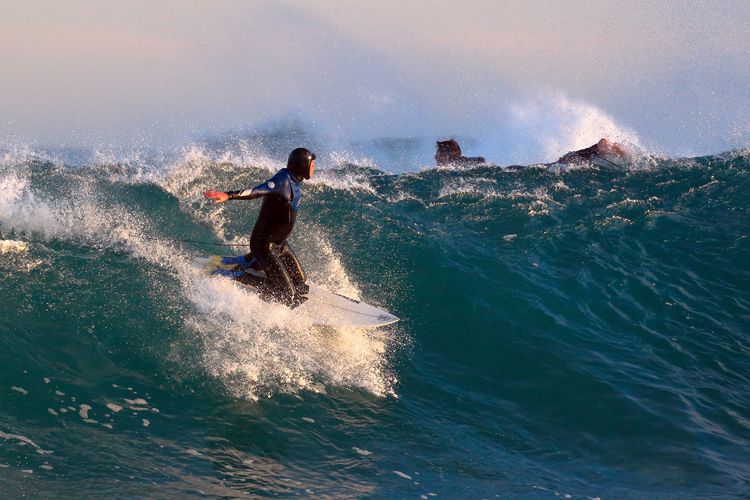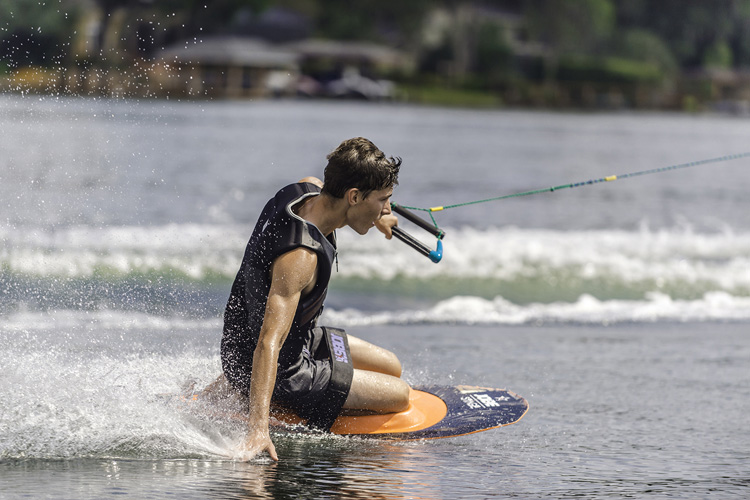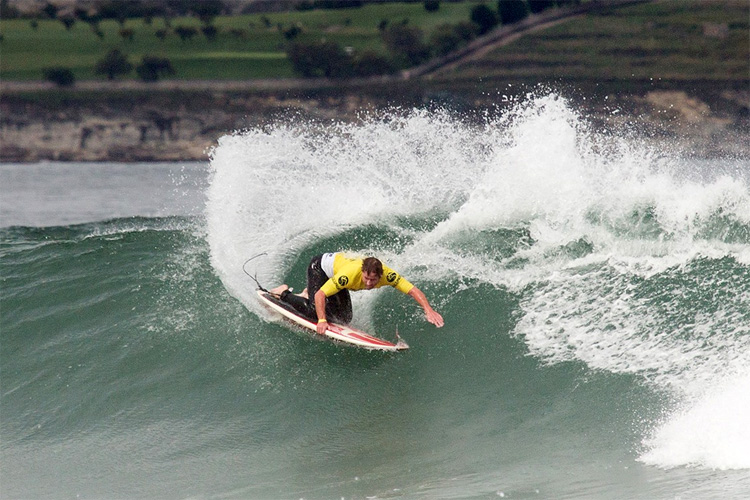Kneeboarding is a water board sport that blends the characteristics of surfing, water skiing, and wakeboarding.
According to the history books, kneeboarding was invented by Southern California surfers and was first experimented on flat water surfaces as an alternative to wakeboarding, water skiing, and even barefooting.
Initially, surfers would get towed by recreation boats using rudimentary bellyboards, probably when the ocean was flat and there were large bodies of water available in their areas.
The first kneeboards were produced in the 1950s, but the initial models were too avant-garde for their time, and not many people had access to wake and motorboats.
The watercraft only started traction with the Knee Ski, the kneeboard made from molded fiberglass developed and marketed in 1972 by surfer Bud Hulst and skier Mike Murphy.
One year later, a former employer of Knee Ski, John Taylor, created Glide Slide, a blow-molded plastic shell filled with foam that became a commercial hit.
In the early 1980s, Roland Hillier established the International Kneeboard Association (IKA), the organization that would set and define the sport's initial rules.
Due to their low center of gravity, kneeboarders can perform a vast number of tricks with fewer chances of wiping out compared to stand-up wakeboarders and surfers.

Wave Riding and Water Skiing
There are two main disciplines in kneeboarding: wave riding (surfing) and water skiing (wake-style).
Kneeboard surfing is often considered a discipline of surfing.
The paddler rides the board in a kneeling position, in a way similar to drop-knee bodyboarding - and performs tricks in the open-face waves.
Kneeboards for waves range between five and six and a half feet.
They are wider than an average surfboard, feature a rounded nose, and a rubber pad for the knees. They are often made of polyurethane and fiberglass, similar to surfboards.
Kneeboard surfers usually wear leashes and swim fins, and they have a few advantages over their fellow surfers when it comes to getting barreled - kneeboarders need less tube area, and they can handle steeper take-offs.
George Greenough, one of the most influential surfers of the 1960s and 1970s, was an enthusiastic kneeboarder, and his skills and techniques can be seen in the movie "Crystal Voyager."

A Versatile Sport
After a long time in the shadow of surfing, kneeboarding in the waves has been conquering new participants and charisma thanks to the nostalgia factor and the will to try new forms of riding saltwater.
As a tow sport, kneeboarders compete in tricks, slalom, and expression sessions.
They use ropes or tow lines that range between 45 and 75 feet. The boards range between 3 and 5 feet.
In the freestyle competition, each rider is allowed two passes of twenty seconds each to perform their tricks.
The most common maneuvers are surface tricks, side slides, wake tricks, airs, rolls and somersaults, and board grabs.
In the slalom division, riders need to pass around six consecutive light-weight, pliable buoys before proceeding through the exit gate.
In the early 20th century, towed kneeboarding lost some of its glamour and verve due to the rise of wakeboarding and cable parks.
Nevertheless, a strong community continues to run competitions and crown world champions.
Today, USA Water Ski and Kneeboard Surfing USA are the most active kneeboarding organizations.
Learn how to kneeboard surf your first waves.
